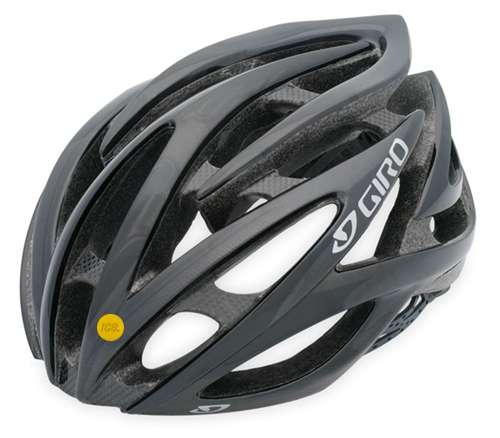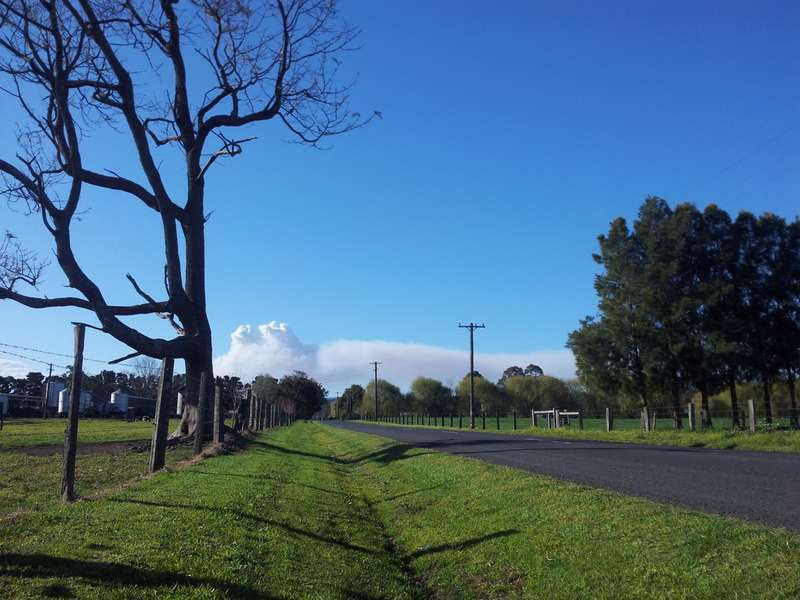Staring at the sky. That was what I did when I finished the Tyler Hamilton book, The Secret Race. And I stared for a good few minutes. Just thinking. What did I make of this book. A book that had sent the cycling world into a spin. People with advanced copies had been letting drips fall onto hot dry surface of the internet for a few days before it was released. I tried my best not to be distracted.
The book was officially released on September 5th. Sadly, for those of us with eBook readers, we had to wait another week to received the parcel of ones and zeros that made up the book. It was very frustrating because the people who had hard copies were now hosing the information with a fire hose to all points of cyberspace.
A warning, I am now picking up said fire hose. There will be some spoilers ahead, for those that haven’t read the book, best close your browser now.
As explained, I read the book on my Kindle. I use a function on the Kindle that lets you highlight sections that you find interesting. Now, just as a background, these are some of the other cycling dopeage books I have read on the Kindle in the past 12 months.
Rough Ride, Paul Kimmage
Bad Blood, Jeremy Wittle
Racing Through the Dark: The Fall and Rise of David Millar, David Millar
As well as a few others like William Fotheringham’s excellent book, Merckx: Half Man, Half Bike. Not a book on doping as such, but does touch on some of Merckx’s run ins with the authorities.
So, as you can see, it is hardly my first exposure to doping in cycling. Now the highlight function saves the highlighted text to a TXT file on the Kindle. That TXT file nearly tripled in size during the reading of this book. There really is that much in there that had my eyes looking like dinner plates. The revelations start early in the book, and don’t let up. Despite what you might read on the internet, the book isn’t all about Lance Armstrong. There is certainly a lot of it that talks about him, but it is more about the story of a cyclist and how he becomes involved in doping, and then how he and his team mates stay in front of the drug testers. Also, you need to remember that Tyler was a team mate of Lance’s at US Postal for a few years, so the fact that Lance’s name comes up is no surprise.
Having said that, what is said of Armstrong is at times damning. This from very early on in the book…
Armstrong had started working with Italian doctor Michele Ferrari in the fall of 1995. When he showed up for the 1996 season, teammates were surprised at how big he’d become. Armstrong’s arms were so big that he had to cut the sleeves of his jersey to fit them; Scott Mercier kidded him about playing for the Cowboys. *
As I have already said to a few people that have told me it could all be made up. If it is, Tyler Hamilton should be a fiction writer. Daniel Coyle does say in the books forward that he tried to verify as much as he possibly could. There is so much detail, so many figures to do with dopage, so many quotes from other sources, that you have to think it is true. Then there is the argument that goes along the lines that “he has lied before, why believe him now?” It is hard to explain, but it seems like it is a man desperate to tell the truth. It felt very similar to how I felt reading David Millar’s book. Living a lie is hard work. Hamilton, like Millar, seem to be glad to be out from behind the dark curtain that is the omerta.
Then there are the cold hard facts, that can’t be argued.
1980 to 1990, the average speed of the Tour de France was 37.5 kph; from 1995 to 2005, it increased to an average of 41.6 kilometers per hour. When you account for air resistance, that translates to a 22 percent increase in overall power.
Some might claim that Hamilton is picking and choosing facts to suit his argument. Well, that has been one point made to me in a lively email exchange. He may well, be, but there are a hell of a lot more facts out there supporting doping in the time Hamilton writes about than facts dismissing it.
The book is a compelling read. I ploughed through it in less than 3 days! I thoroughly enjoyed it. There were times, again, much like the Millar book, where I got frustrated with how Hamilton justified doping. Then again, I have never been in a position that professional riders are in. Perform well, and you can set yourself up for life. Don’t, and you could be out of a job. Hamilton explains this point in the book, and I have to say, I do now understand it. I don’t condone it, but I doubt I would be strong enough to refuse in the same situation.
The most interesting thing that came out of the book for me, considering Hamilton pretty much accuses George Hincapie of doping, along with many others I have to say, is a question. Who else was doing it? Big George seems to be loved by most cycling fans, will he be forgiven? Yesterday, I saw a Twitter exchange featuring current crowd favourite, Jens Voigt.
@thejensie What are you reading now, Jens? Any plans to read Tyler Hamilton’s “The Secret Race” or do you avoid cycling books?
— Melissa (@melissagerman) September 13, 2012
To which came this reply….
@melissagermanNot in a thousand years i am gonna read this book!!!!
— Jens Voigt (@thejensie) September 13, 2012
When questioned about his reply, he had this to say…
Why not?! ?! Because i was racing when he took drugs and cheated on lied to all of us. He lied to you, to me to the whe world.
— Jens Voigt (@thejensie) September 13, 2012
This little exchange certainly made a few people sit up and watch. It was also something I was wondering about during the time I read the book. What about the patrons of the current peloton. They were around during this time. Jens Voigt, Stuart O’Grady, Mick Rogers along with a few others. Surely I am not the first to ask the question? I know David Bernstein said on a recent Spokesmen Podcast he would give up on pro cycling if Jens ever got popped. Hamilton’s book must put some of these people under a cloud of suspicion. (Please note, I am not saying that Jens, Stuart or Mick are dopers, I have no facts to say they are, just putting the question out there.)
I think it is easy to see just how befuddled this book left me. This is hardly the most concise or well written book review you’ll read. Try as I might, I can’t really say it any more clearly right now, so this will have to do.
Even as I have been typing this, there is now some twitter chatter about photos yesterday of cyclists having their photos taken with “Motoman”. If you haven’t read the book, “Motoman” will mean nothing to you. I will just say he was an integral part of the doping taking place at US Postal, and plenty of people are going crazy that current cyclists are having their photos taken with him. I am so confused, I don’t even know if it is a good or bad thing. That is the affect The Secret Race has had on me.
Grab a copy, have a read and let me know in the comments your thoughts. Hopefully some of you are more articulate than I am at this point in time.
* All quotes directly from the book are copyright of book authors.









